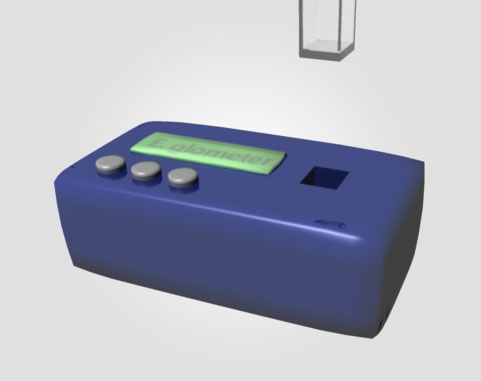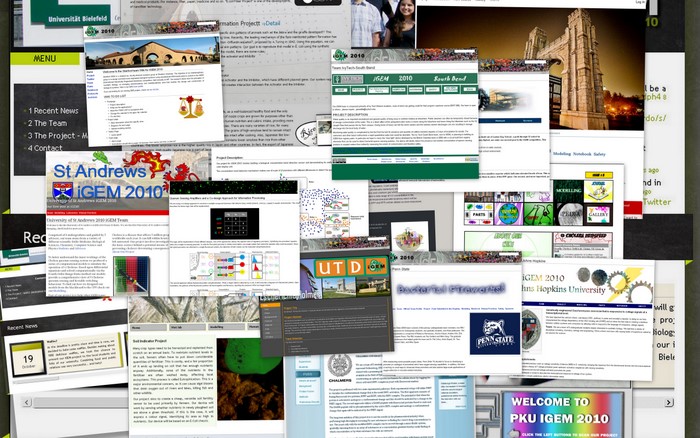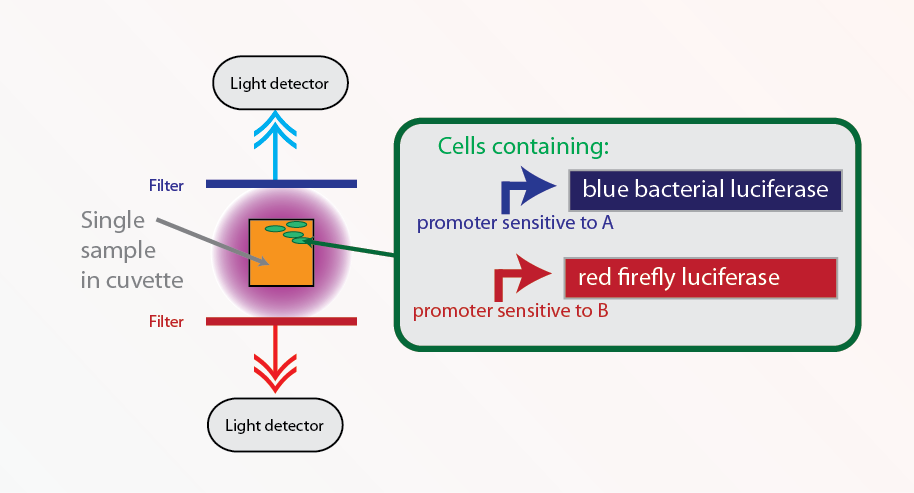Team:Cambridge/Tools/microMeasure
From 2010.igem.org
(Difference between revisions)
(→Real life isn't black and white) |
(→Co-reporters) |
||
| Line 12: | Line 12: | ||
==Co-reporters== | ==Co-reporters== | ||
| - | + | [[Image:Cambridge-Coreporter.png|700px]] | |
{{:Team:Cambridge/Templates/footer}} | {{:Team:Cambridge/Templates/footer}} | ||
Revision as of 15:10, 26 October 2010

Future applications: Biosensors
An ever popular class of iGEM projects are those which create biosensors. This year more teams than ever have dedicated their time to the development of biosensors, for example Peking are detecting heavy metals, Imperial identifying parasites and Sheffield recognising chlolera.

Real life isn't black and white

3D mock-up of a mass produced bioluminescent biosensor featuring the same technology as our E.glometer: a cuvette for loading sample, simple buttons for making readings, LCD screen for output.
In every application of a biosensor it is useful to know the amount of the factor being measured. There are a numerous existing reporters. However to our knowledge there are none which are both affordable and quantitative. Some teams attempt to solve this problem by using a series of wells sensitive to increasing concentrations of the substance. But this requires a great deal of work to tune the sensors correctly.
We have already shown that the amount of the light produced by a bacterial culture can be assayed affordably with our E.glometer. Such devices could be mass produced lowering production costs further and distributed with the bacterial biosensors.
 "
"

